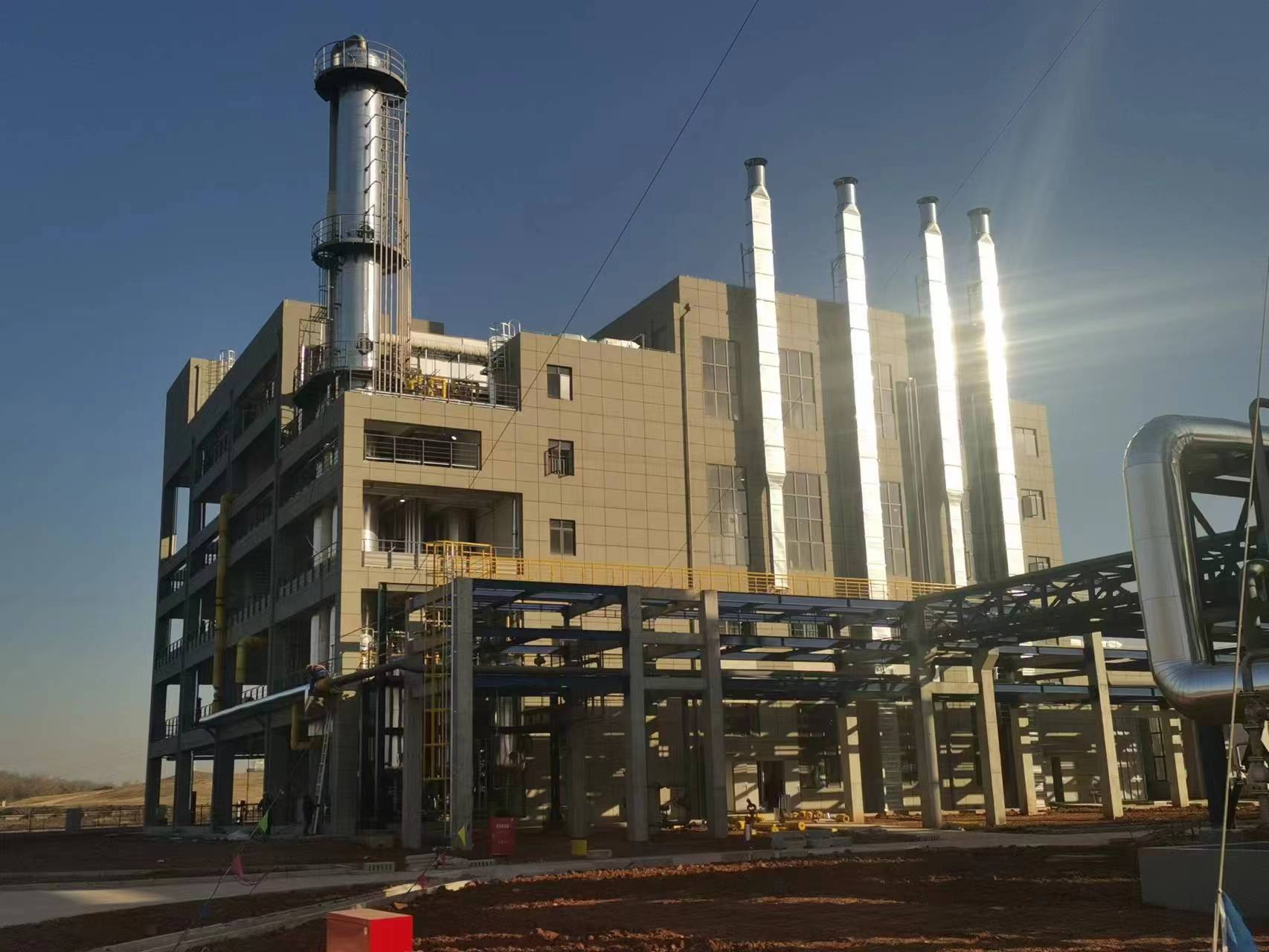What is Butyl Acetate?
Butyl acetate is a chemically active organic ester, widely recognized as a popular solvent in the paint industry. This colorless or slightly yellow liquid is easily identified by its pleasant, fruity aroma and is virtually insoluble in water.
While butyl acetate is commonly used in the production and dilution of paint and varnish materials, its applications extend far beyond this. It is effective in dissolving fats, cellulose esters, oils, vinyl intermediates, chlorinated rubber, carbinol resins, and more. When mixed with a small amount of butyl alcohol, it helps reduce the risk of white lacquer film formation. Butyl acetate is also an ingredient in perfumes and fruit essences and plays a vital role in the pharmaceutical industry, especially in the separation of primary substances during antibiotic production.
Butyl Acetate Formula and Characteristics
Butyl acetate is produced through the esterification of acetic acid with butanol, catalyzed by sulfuric acid (H₂SO₄) at 100-110°C in a continuous process.
- Chemical Formula: C₆H₁₂O₂
- Structural Formula: (structure displayed below)
Key Characteristics of Butyl Acetate
When produced according to standards, butyl acetate should possess the following properties:
- A clear, impurity-free appearance
- Main substance concentration of at least 99.0%
- Density: 0.878-0.881 kg/dm³ at 20°C
- Water content: no more than 0.02%
- Molar mass: 116.16 g/mol
- Boiling point: 126°C
- Distinct fruity aroma (reminiscent of pear and barberry)
Butyl acetate, often referred to as the butyl ester of acetic acid, has limited solubility in water but is fully miscible with vegetable oils and organic solvents. Its high chemical reactivity makes it a versatile solvent across various industrial applications.
Production of Butyl Acetate
Butyl acetate, an ester, is typically produced through an esterification reaction, where alcohols react with organic or inorganic acids under heat, yielding an ester and water (alcohol + acid = ester + water).
For butyl acetate, specifically, acetic acid reacts with butyl alcohol to form the ester. However, producing butyl acetate involves unique challenges due to its low water solubility (0.6%) and high boiling points—126.2°C in pure form and 90.2°C in an azeotropic mixture with water (containing 28.9% water). The ternary mixture of butyl acetate, butyl alcohol, and water further complicates the process due to a higher water content (37.3%). Butanol, with a boiling point of 117.7°C, also forms an azeotrope with water containing 42.5% water.
In continuous esterification, pure grades of acetic acid and butanol are used with sulfuric acid or ion exchange resins as catalysts. When using sulfuric acid, an excess of acetic acid or butanol is introduced into the reaction zone, while with ion exchange resins, an excess of acetic acid is preferred to drive the reaction forward efficiently.

Applications of Butyl Acetate in Various Industries
Thanks to its unique physical and chemical properties, butyl acetate has versatile applications across numerous sectors, including as a solvent for polymers, a component in food flavorings, and an extractant for aromatic substances.
Butyl acetate is available in two grades: Grade A and Grade B. Grade A is suitable for synthesizing chemicals, while Grade B is primarily used as a raw material for solvents. These two grades account for the most common uses of butyl acetate.
Use in the Chemical Industry
In the chemical industry, butyl acetate is essential for synthesizing various compounds. It serves as a powerful solvent for chlorinated rubber, nitrocellulose, fats, cellulose ethers, oils, vinyl polymers, natural and synthetic resins, and other materials. Its high solvency power makes it ideal for creating coatings and adhesives.
Butyl Acetate in Pharmaceuticals
With its high chemical reactivity, butyl acetate is widely used in pharmaceuticals, particularly in drug production processes. It aids in the separation and purification of substances during the preparation of raw materials, especially in antibiotic synthesis.
Use in the Food Industry
Butyl acetate’s low toxicity makes it suitable for use in the food industry. It is employed to create flavorings and fruit essences and is also used as an extractant, such as for removing caffeine from coffee beans.
Butyl Acetate in the Paint Industry
The paint industry is the largest consumer of butyl acetate, accounting for up to 90% of its global production. It is widely used in the formulation of enamels, paints, varnishes, primers, and adhesives, making it an indispensable solvent in this sector.
In paint production, butyl acetate serves multiple roles:
- Solvent for varnishes and paints: It dissolves key components and prevents the formation of surface films, ensuring a smooth application.
- Preventing discoloration: When mixed with ethanol, it helps varnish films retain their transparency and prevents a whitish appearance.
- Paint preparation: Butyl acetate is often added to paints just before application to enhance their consistency and performance.
- Component of multicomponent solvents: It is a key ingredient in widely used solvent blends like P-646 and P-647.
Use of Butyl Acetate in the Leather Goods Sector
In the leather industry, butyl acetate is valued for its role as a tanning agent. It is used to treat leather products—both natural and synthetic—enhancing their durability and resistance to wear. Additionally, its properties as a reagent and solvent make it effective in processing and treating leather for various applications.
Butyl Acetate in Perfumery
Thanks to its pleasant fruity aroma with hints of pear and berry, butyl acetate is a popular ingredient in the perfume and cosmetic industries. It is used to create fragrances, essences, and other aromatic products, contributing to their unique scents and appealing characteristics.
Advantages of Butyl Acetate as a Solvent
Butyl acetate stands out as a highly effective solvent, offering several key advantages:
1. Wide Compatibility:
One of its most significant benefits is its ability to interact seamlessly with a broad range of organic and inorganic substances. This versatility makes it a go-to choice across numerous industries, particularly in the production of varnishes, paints, enamels, and primers.
2. Excellent Dissolving Power:
Butyl acetate is highly effective at dissolving thickeners and other components in paint formulations. Its ability to break down both synthetic and natural resins ensures smooth film formation, a crucial factor for achieving high-quality finishes in paints and coatings.
3. Essential for Multicomponent Solvents:
As a core ingredient in many multicomponent solvent systems, butyl acetate enhances the performance of complex formulations used in the paint industry and beyond, ensuring uniformity and consistency.
4. Optimal Volatility:
Its carefully balanced level of volatility is another standout feature. After application, butyl acetate evaporates quickly, enabling fast drying of paint or coating layers. This characteristic is particularly valuable in industrial and commercial painting processes, where efficiency is paramount.
These attributes collectively make butyl acetate an indispensable solvent in various applications, especially in industries requiring precision, performance, and reliability.
















